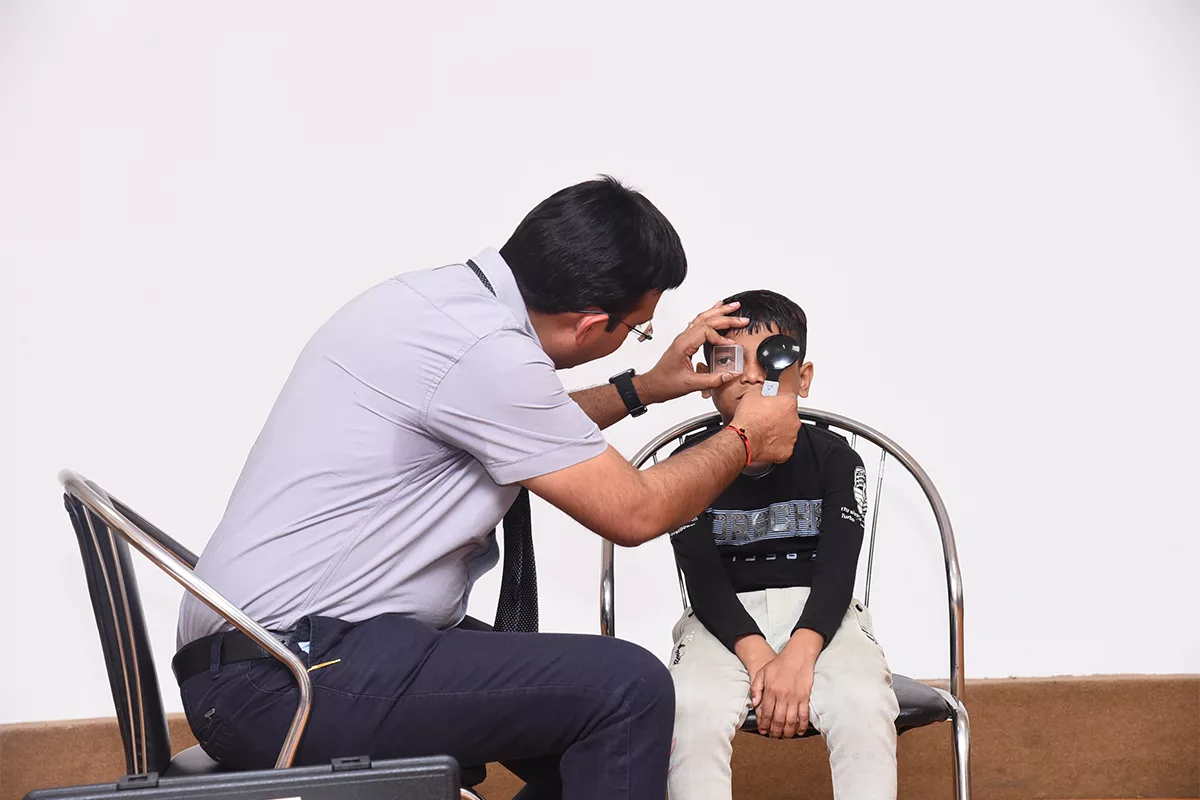In today’s gadget driven environment, working long hours can take a toll on the eyes. More often than not, people’s eyes are affected due to this strain, and they rarely notice it until the symptoms are prominent
Asthenopia or eye strain is a common eye condition in which eyes are fatigued resulting from close work for a long duration. Sadly, this is an extremely common disorder and most people do not even realise that they have fallen prey to the damage that it causes.
Sadly, there is no specific threshold after which the symptoms start to show up. Therefore, the only way that people can avoid eye strain from damaging their vision is keeping an eye on the symptoms. Eyes are the second most complex organ in the human body after the brain.
The Seeing Mechanism
Before we delve deeper into the subject of how asthenopia affects your vision, let’s get an insight into how the eyes are able to see. For the eyes to see anything clearly, light coming from the object of interest must enter the eyes and converge on the retina. The neuronal layer of the eye connected to the brain, will now get into action to perceive the details of the image generated, accordingly helping the individual see.
Now if the object is located at a certain distance, the eyes do not have to strain themselves as the light emitted converges comfortably on the retina. But if the object is located at a further distance, the eyes need to strain the ocular muscles in order to ensure that the rays converge at the required point on the retina. This type of strain for extensive durations of time can be fatal for the eyes. On such occasions, the strain is what makes the eye asthenopic.
What Can People Watch Out For?
Two of the major causes of asthenopia are excess strain due to constant pressure on the eyes to function and uncorrected refractive error. When we use the eyes beyond their working capacity or threshold it gives rise to eye strain. This situation is quite similar to the muscle pain that one experiences after strenuous workout in the gym or an unexpectedly long walk.
Uncorrected refractive error is one of the most common causes for asthenopia. This is a condition wherein the user relies on eyewear not suited to his or her prescription. Even a condition where the user has been avoiding seeking a solution to the refractive error in his or her vision, is extremely risky.
Who Is At Risk?
As we have already established anyone and everyone is at the risk of developing asthenopia. Therefore, precaution is the best cure. In fact, it is a condition like asthenopia that later evolves into more serious problems like Computer Vision Syndrome, Digital Eye Strain, etc. However, there are some conditions when the eye is at greater risk of developing asthenopia. For instance, individuals with binocular vision disorder or the inability of both the eyes to work equally develop eye strain very easily even while performing normal tasks of daily life. Younger people are also more prone to develop this disorder as their muscles are extremely elastic.
Solutions
It is advisable for a person who uses computer for a long duration to follow the 20-20-20 rule which says that, “Every 20 minutes, look at something 20 feet away for 20 seconds”. Staring at the computer and not blinking normally is also a cause of the digital eye strain which can be taken care by this rule.
Checking your eyes with your Optometrist every year can rule out the presence of uncorrected refractive errors, binocular vision disorders, dry eyes, and other ocular problems and learn about the preventive measures if any. Optometrists can also teach you the right computer ergonomics and the right way to use computers and adjust your surrounding environment scientifically.
Help Yourself
The American Optometric Association advises certain precautionary measures to avoid individuals from developing asthenopia. This includes placing the monitor of the computer at an angle of 20 to 40 degrees inclination, maintaining a viewing distance of at least 12 inches, keeping the face parallel to the screen and also controlling the brightness of the screen for comfortable vision. Experts also advise using computer glasses that prevent the harmful rays emitted from the device from damaging your eyes.

Credits:
Dr Sayantan Biswas
Assistant Professor at the Department of Optometry, School of Allied Health Sciences, MAHE

Symptoms associated to asthenopia
-
Frontal headache -
Fatigued eyes -
Blurring of vision -
Dry eyes -
Burning sensation -
Glare/photophobia -
Watering of eyes -
Itchiness/rubbing of eyes -
Sleepiness -
Occasional pain in and around the eyes -
Double vision and -
Neck and shoulder pain












